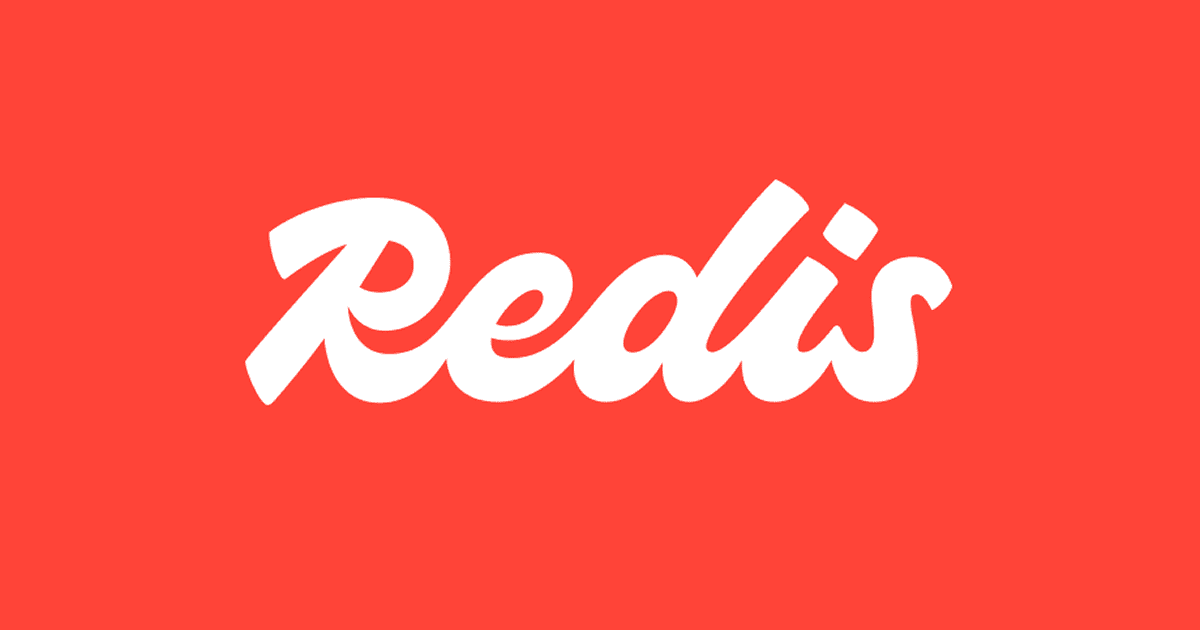depending on your environment. Fortunately, Docker simplifies the process in both development and production.
In this guide, we’ll walk through how to set up Redis using Docker and configure it using Spring Boot’s
application.yml. You’ll see how to separate dev and prod configurations using Spring profiles and manage environment variables in Kubernetes.
Step 1: Why Use Docker for Redis?
Before diving in, let’s answer the obvious: Why Docker?
- Quick setup: Redis can be up and running in seconds.
- No clutter: No system-level installation required.
- Portability: The same configuration works across machines.
- Consistency: Everyone on the team runs the same environment.
Step 2: Run Redis in Docker for Development
Start by spinning up a Redis container on your local machine:
docker run -d --name redis-dev -p 6379:6379 redis
This pulls the latest Redis image and exposes it on the default port, ready for your Spring Boot app to use.
Step 3: Add Redis Dependency in Spring Boot
You’ll need the Redis starter in your Maven project:
<dependency>
<groupId>org.springframework.boot</groupId>
<artifactId>spring-boot-starter-data-redis</artifactId>
</dependency>
This adds support for Redis operations like
RedisTemplate, caching, and more.
Step 4: Configure application-dev.yml
Now, create your
application-dev.yml to use the local Redis instance:
spring:
redis:
host: localhost
port: 6379
database: 0
This configuration assumes you’re running Redis locally on the default port without a password.
To activate the dev profile, use:
SPRING_PROFILES_ACTIVE=dev
Spring Boot will load the
application-dev.yml configuration when the app starts.
Step 5: Set Up Redis for Kubernetes in Production
For production, Redis typically runs as a pod or external service within your Kubernetes cluster. You should avoid hardcoding any values—instead, use ConfigMaps and environment variables for flexibility and security.
Step 5.1: Create a Kubernetes ConfigMap
Let’s create a ConfigMap that holds your Redis host and port:
apiVersion: v1
kind: ConfigMap
metadata:
name: redis-config
namespace: your-namespace
data:
redis_host: redis-service
redis_port: "6379"
This allows you to change Redis settings without modifying your application code or rebuilding the image.
Step 5.2: Inject Environment Variables into Your Deployment
Next, make those values available to your Spring Boot app through environment variables:
containers:
- name: your-app
image: your-image
env:
- name: REDIS_HOST
valueFrom:
configMapKeyRef:
name: redis-config
key: redis_host
- name: REDIS_PORT
valueFrom:
configMapKeyRef:
name: redis-config
key: redis_port
- name: SPRING_PROFILES_ACTIVE
value: prod
This ensures your app uses the right Redis configuration in production.
Step 6: Configure application-prod.yml
With the environment variables set, use placeholders in your production configuration:
spring:
redis:
host: ${REDIS_HOST}
port: ${REDIS_PORT}
database: 0
When your app runs in Kubernetes, Spring Boot automatically replaces these placeholders with the environment variable values injected by your container runtime.
If your production Redis requires authentication, simply extend the config:
spring:
redis:
host: ${REDIS_HOST}
port: ${REDIS_PORT}
password: ${REDIS_PASSWORD}
ssl: false
And make sure
REDIS_PASSWORD comes from a Kubernetes Secret.
Step 7: Manage Profiles Cleanly
Using Spring profiles keeps your development and production environments cleanly separated.
application-dev.yml: for local development with Dockerapplication-prod.yml: for production deployments in Kubernetes
You can toggle between them by setting the
SPRING_PROFILES_ACTIVE variable at runtime. This avoids hardcoding anything and allows smooth transitions between environments.







image quote pre code